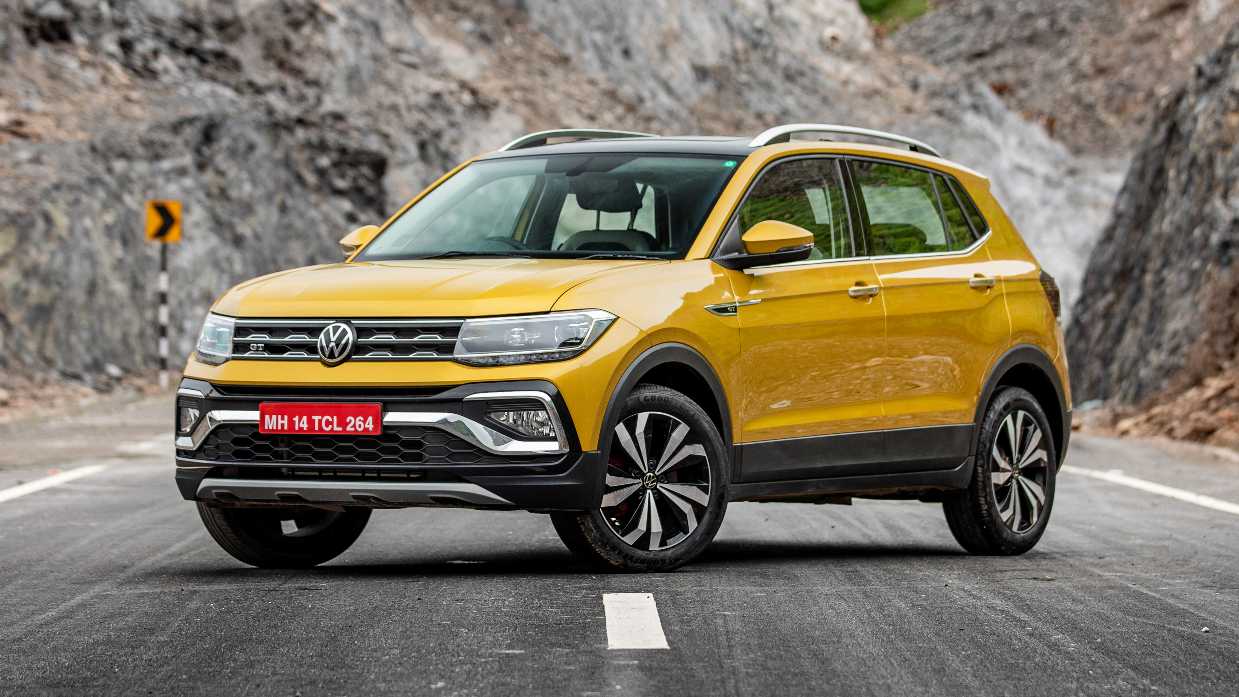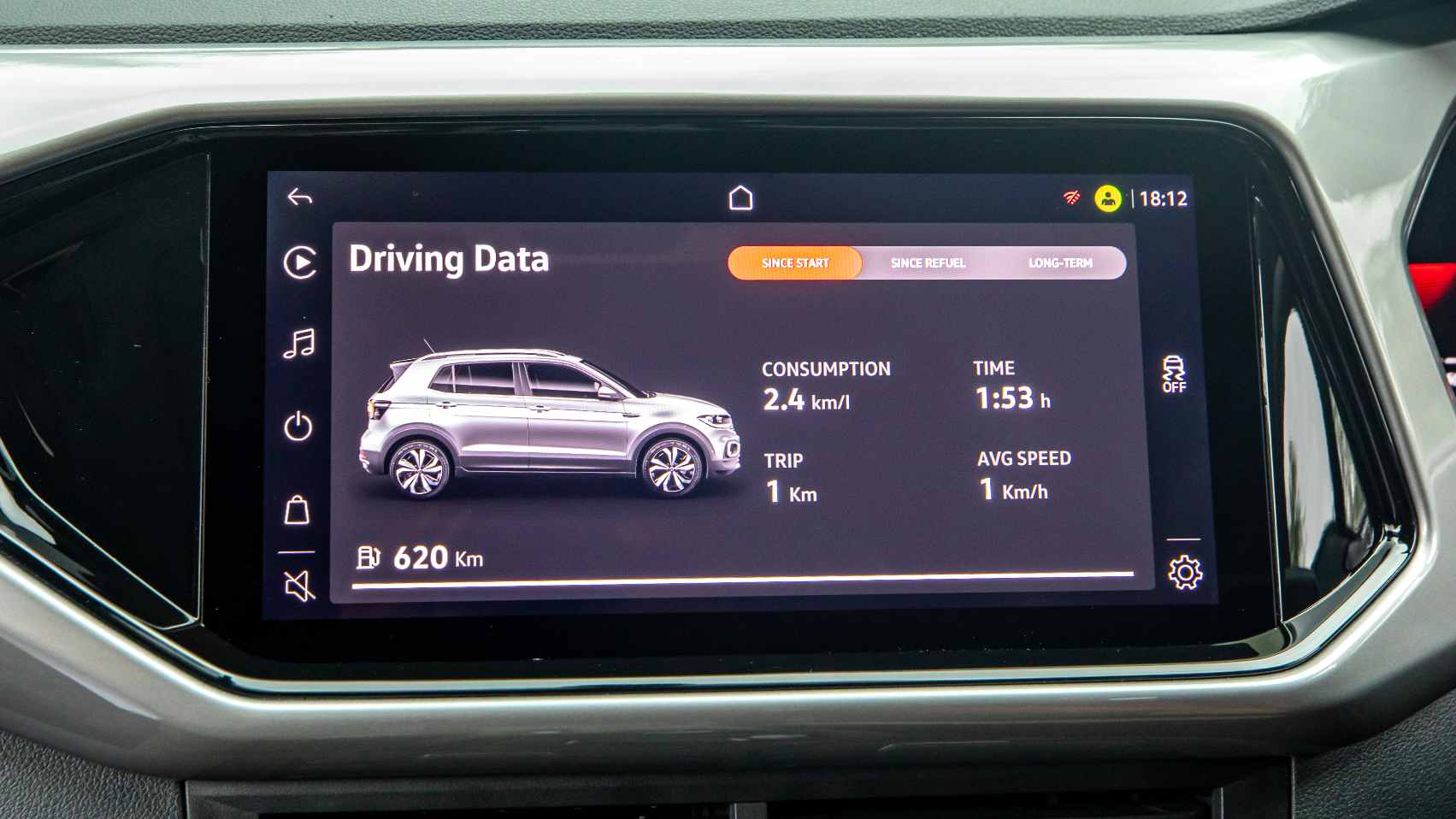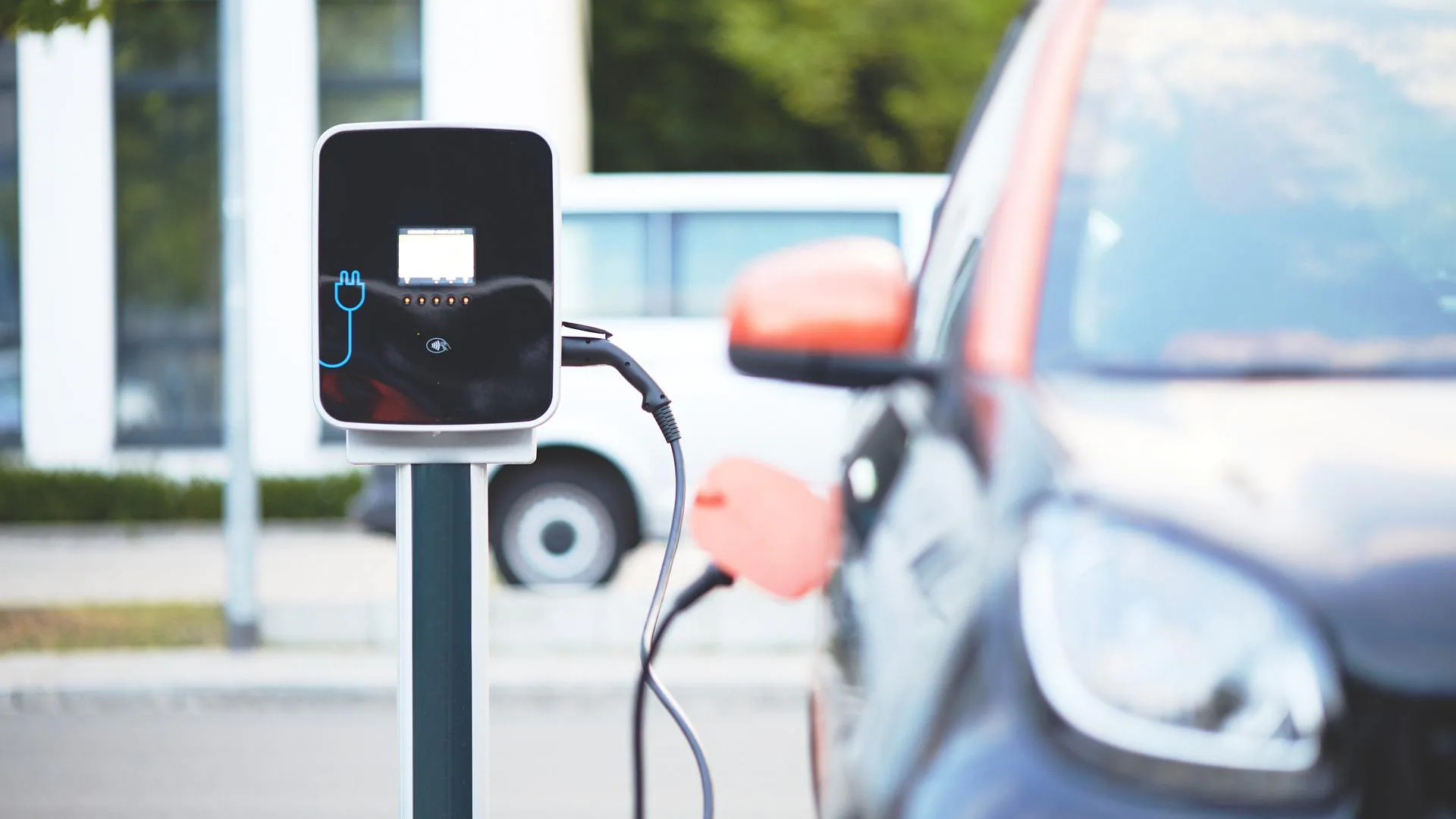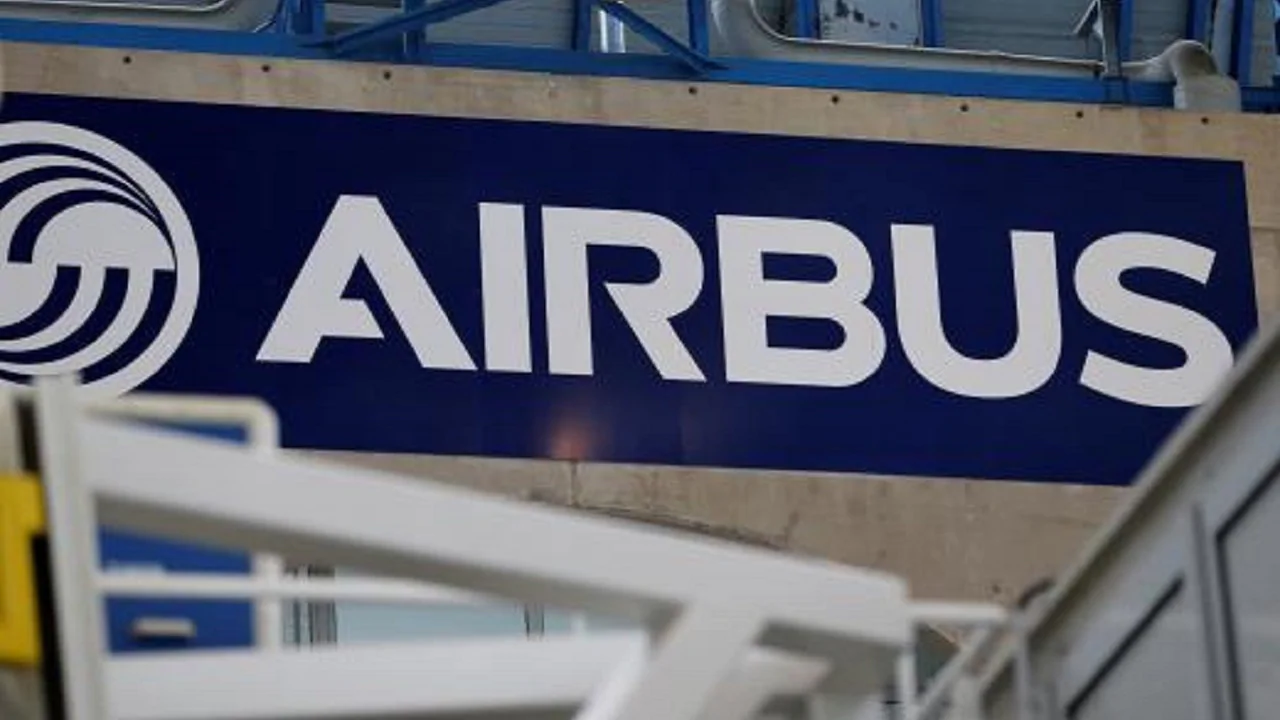Tushar BurmanAug 09, 2021 10:00:02 IST
When we saw the expansive Volkswagen and Skoda pavilions at the 2020 Auto Expo in Delhi – just before the world went crazy – we were keen on the smaller VW SUVs that were to come – the T-Roc and the Taigun. The Taigun show car was, of course, flashier than the production version, but it was intriguing in its size and packaging. And best of all, it was almost road-ready. Skoda had its ‘Vision IN’ concept – essentially the same vehicle in different clothing – on display, too, but that was far from showroom-ready. It’s taken them a year and change to get the production-spec Kushaq ready (read our review here) and put it on sale, while Volkswagen waited for bada bhai’s baraat to exit the premises. Now that it has, the Volkswagen Taigun is here, ready for launch this September.
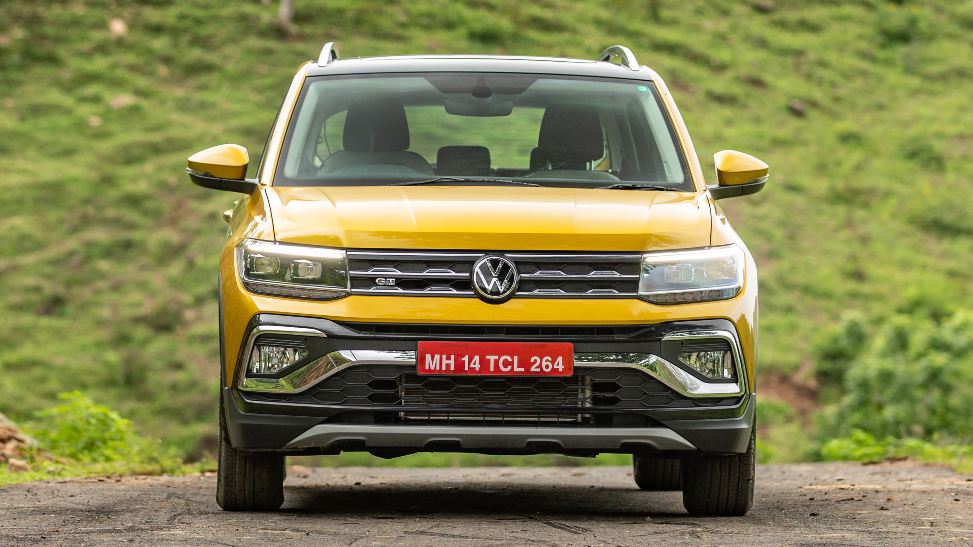
India first met the Volkswagen Taigun in close-to-production concept form in 2020. Image: Volkswagen
What is it?
The Volkswagen Taigun – like the Kushaq – is a midsize SUV, or what Skoda Auto Volkswagen India Pvt Ltd likes to call midsize right now. Notionally (and in terms of price), it will compete with the likes of the Hyundai Creta and Kia Seltos. Those are huge shoes to fill, so clearly, SAVWIPL is not shy. Looking at the Taigun – or the Kushaq for that matter – you might write the vehicle off as a compact SUV; thinking of it to be in the mould of the Maruti Suzuki Vitara Brezza, but it is, in fact, a whole 20 cm longer, which pays dividends in terms of interior space. Personally, I’ve always liked Volkswagen’s deep, practical boots, but they usually came at the cost of rear passenger comfort. No such issue with the Taigun, thankfully. The Taigun is based on the VW Group’s tailored-for-India MQB-A0-IN platform and as we understand it, there will be future, smaller vehicles and maybe a compact SUV, but that will be a different beast entirely.
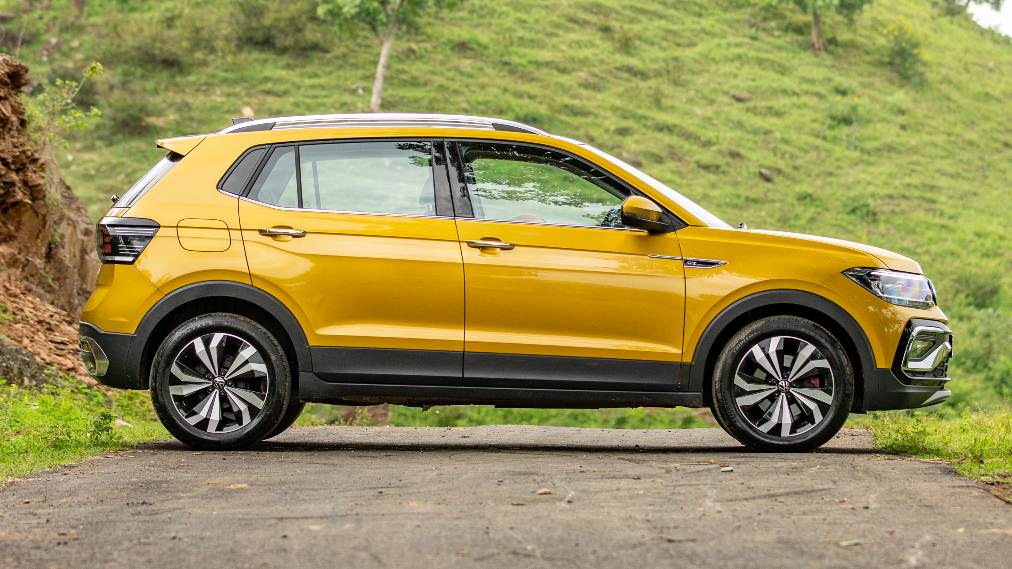
The Volkswagen Taigun measures in at 4,221 mm in length, with a 2,651 mm wheelbase. Image: Volkswagen
Design: smart, cohesive
I’ve always enjoyed Volkswagen’s design language, and that feeling continues with the Taigun. If anything, it is a return to form, with sharp lines, a purposeful stance and a distinctly European vibe. In terms of design cues, the Taigun looks like a proper sibling to the Passat, while the Vento and erstwhile Ameo are mere cousins, twice removed. There’s no way to avoid comparisons with the near-identical Skoda Kushaq, so let’s get this out of the way: I think the Volkswagen Tiguan looks better. It looks like it was designed from the ground-up to look like it does, while the Kushaq feels somehow inconsistent in places. The Skoda needs to grow on you. This one, I liked immediately.
The pictures should be self-explanatory. It’s a handsome, well-proportioned car, differing from the Kushaq in the front and rear treatment. The busier front end of the VW works for me, while I prefer the simpler tail-lights of the Kushaq. On balance, the VW wins for me, despite the smarter set of wheels on the Kushaq.
Interior: airy, compact, with decent rear space
Again, comparisons with the Kushaq are unavoidable. Most of the items from our Kushaq review are carried over to this one. The Taigun is a narrow SUV, with clever packaging ensuring comfort for all passengers, as long as there are four occupants. The fifth passenger in the rear will not be comfortable. The cabin feels airy, thanks to the greenhouse, small sunroof and lighter coloured panels on the upholstery, compared to the Kushaq’s darker vibe. Plastics are average as in the Skoda, but the dashboard and steering get their own unique VW design. The central screen is ensconced in an angular niche, and there are some piano black trim elements. This gives the interior of the Taigun its own character, as does the ‘virtual cockpit’ full digital instruments display, which is a eight-inch colour TFT on the top model. This is unavailable in any variant of the Kushaq, with Skoda saying it will add the feature later in the SUV’s lifecycle. But where VW gives, VW takes away. In this case, ventilated seats are unavailable, something you do get with the Skoda.
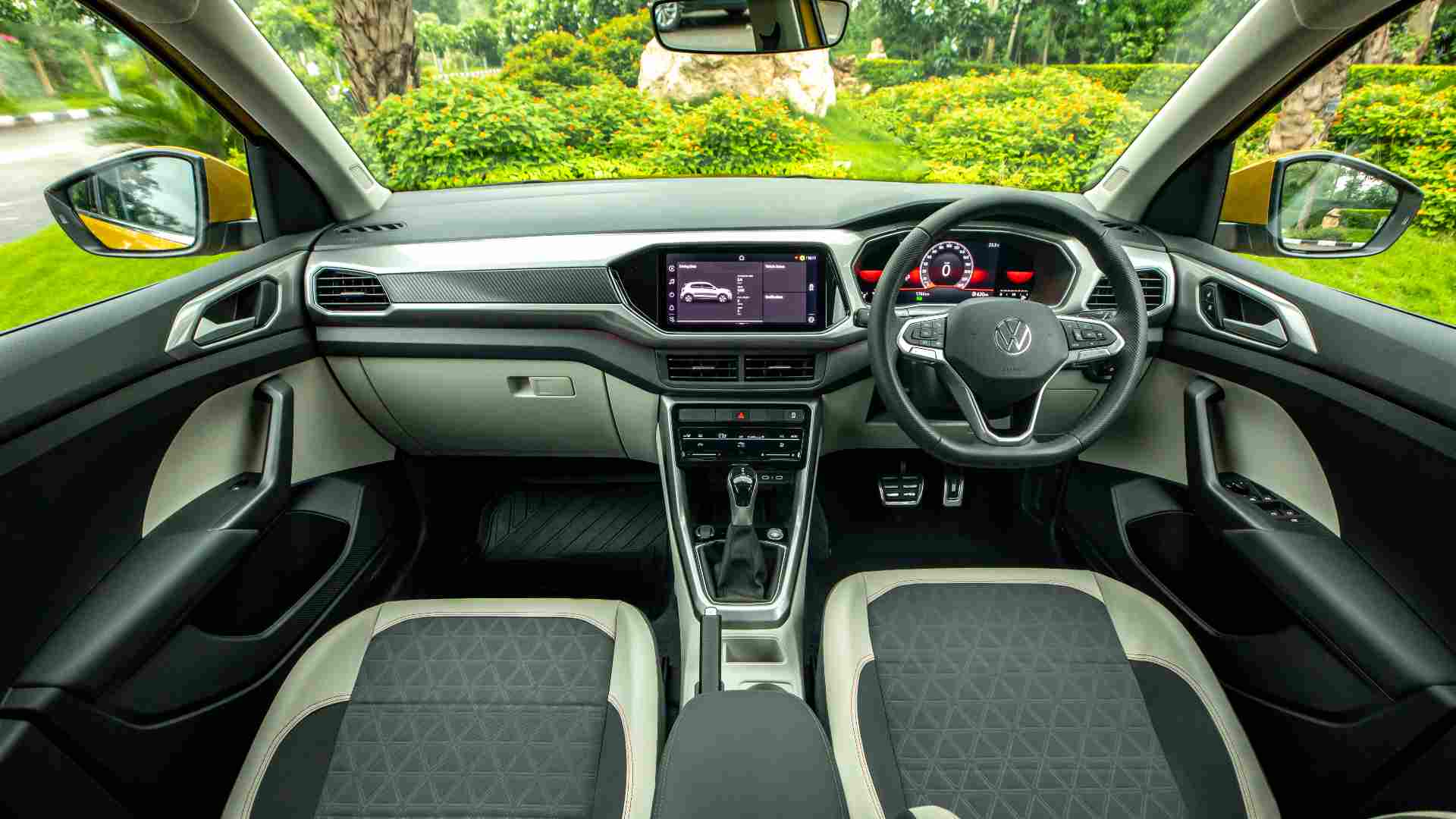
While some elements are carried over from the Skoda, the Taigun’s interior has enough differentiators of its own. Image: Volkswagen
One bit of weirdness is the body-coloured red trim on the dash. We only saw this on the Taigun with a red exterior, while the silver and yellow cars had a more muted silver-grey colour plastic on the inside. This red trim did nothing for the otherwise classy look of the interior. The same goes for the various blanks in place of what would have been buttons. We really didn’t like the blank plastic panel where a cubby for sunglasses would be. Would that really have cost that much more, VW?
The VW steering wheel is bland, with the usual clicky buttons to operate various functions. This is unlike the Kushaq, which uses click-scroller wheels that are much more convenient.
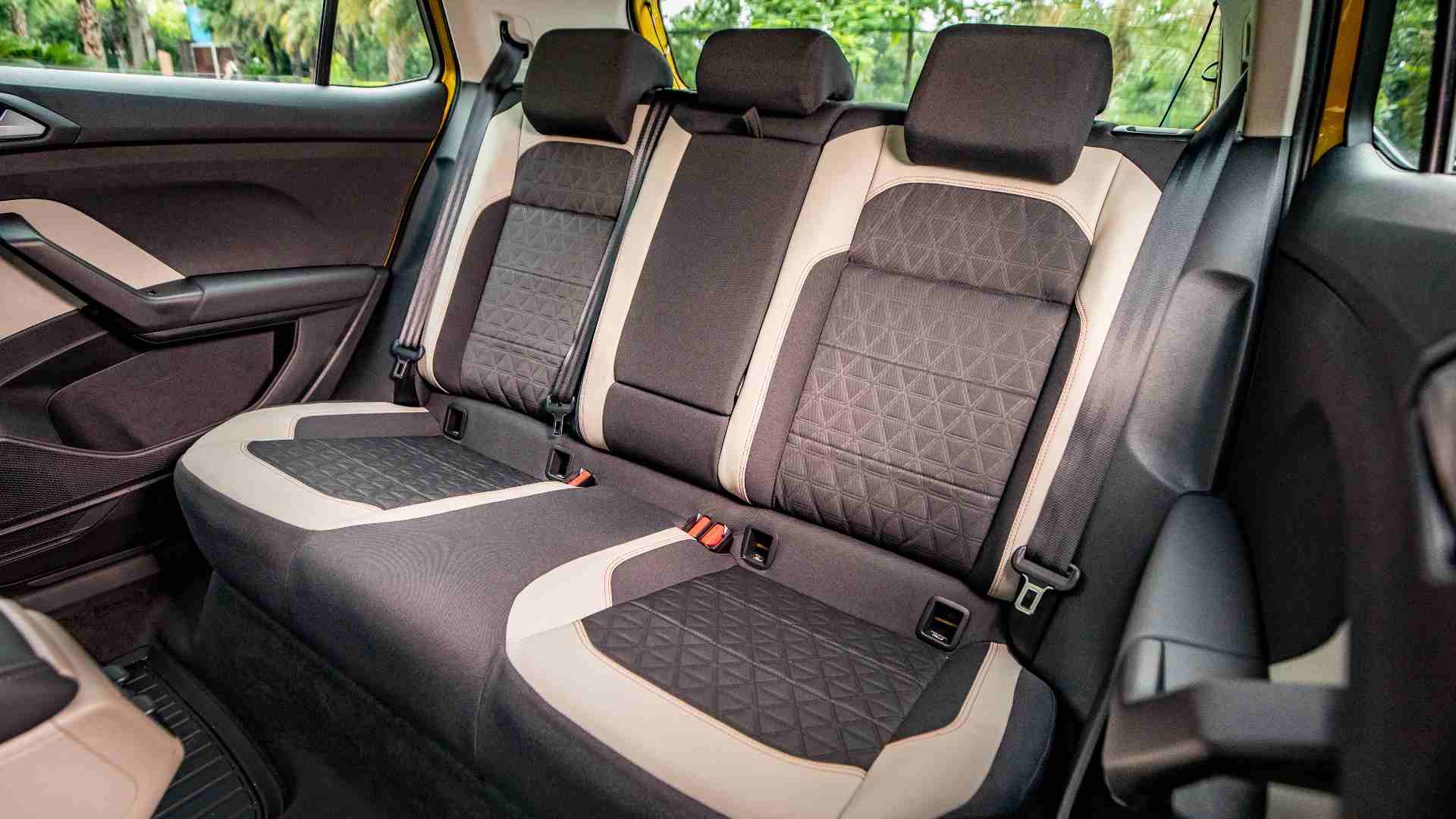
The rear seat is pretty comfortable as long as it’s accommodating two passengers – a third will be a squeeze. Image: Volkswagen
Rear accommodations are good for two, with plenty of kneeroom and headroom on offer. There’s a centre armrest that retracts in case you have an unlucky fifth passenger to ferry. The boot is about the same as the Kushaq – small but deep, with a bit of a loading lip to tug things over.
A word about tech: basics covered, with a give and take of extras
The tech stack is entirely identical to what we’ve seen with the Kushaq. There’s a 10-inch touchscreen that works well. Apple CarPlay and Android Auto are both present, and both connect wirelessly. Once paired, my phone worked perfectly. The wireless charger works, but is finicky about placement like most wireless chargers tend to be. We left the phone connected via a USB-C cable, and it worked without a hitch.
Like the Kushaq, the VW Taigun also comes with four USB-C ports – two in the front and two at the back. Carry adapters or USB-C cables for the car. The party trick for the Taigun is the full-colour TFT screen in the driver binnacle. It’s nice, but not a deal-maker/breaker. It adds to the premium feel of the range-topping model, and is likely to wow buyers at first glance.
The HVAC controls remain capacitive, which is not my favoured way of doing this; operating the climate control system requires you to look down, which is not safe.

8.0-inch ‘Virtual Cockpit’ digital instruments display exclusive to the Taigun for now. Image: Volkswagen
The six-speaker music system is unremarkable. It has a slightly hollow sound, similar to the system in the Kushaq. It worked well enough to sing along to loudly on the beautiful highways around Udaipur.
On the go: snappy and fun
I rarely have complaints with a VW car when it comes to the drive. The Taigun we sampled was equipped with the 150 hp/250 Nm 1.5-litre TSI turbo-petrol engine with a six-speed manual, and later, the same engine with a seven-speed DSG automatic. The engine is peppy and gets the SUV up to triple-digit speeds in short order. Unlike with the Kushaq, we did extensive highway driving with the Taigun, and found it to be a comfortable medium-distance tourer.
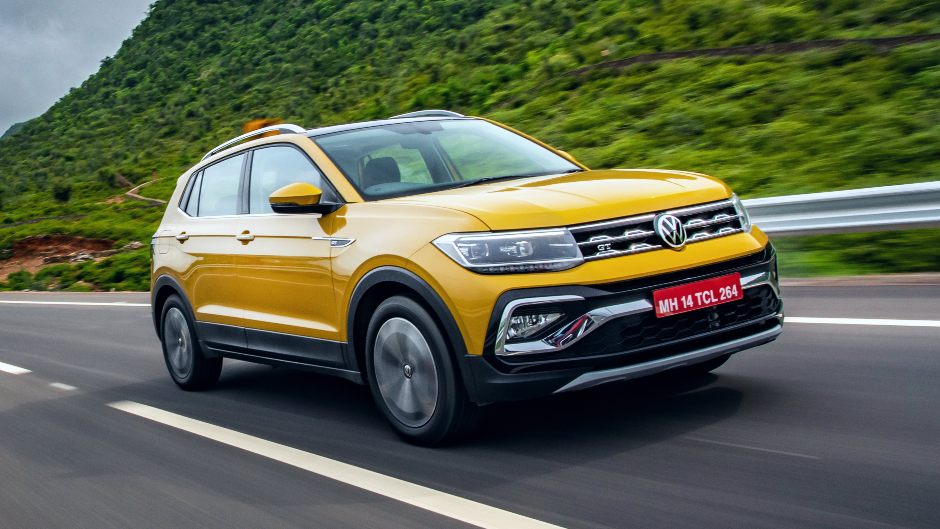
Armed with the 1.5 TSI, the Volkswagen Taigun gets up to triple-digit speeds effortlessly. Image: Volkswagen
The steering is light, which bodes well for the city commute. Enthu cutlets will enjoy the manual, but I’m not in my twenties and have better sense, so I preferred the automatic. While 250 Nm is plenty of torque, the DSG just feels like it makes better use of it. Noise is well controlled at highway speeds and my colleague and I were fresh and able to work even after a 250 km round-trip. Part of the credit must go to the suspension. By VW standards, it is nothing short of exemplary. It really feels much more suited to Indian conditions than its other cars. It is plush but not mushy, and can withstand horrible shocks without feeling like something broke. The surfeit of cattle on Rajasthan’s highways meant we executed a few deft manoeuvres to avoid killing things (or ourselves) without drama or too much body roll.
VW’s literature mentions ‘up to six’ airbags. It remains to be seen which specific variants get this safety pack, because in Skoda’s case, the most expensive variant isn’t the safest. We expect both manufacturers to do some sort of variant shuffle once they see what the market uptake is.
Verdict: a sharp-looking mid-size SUV for drivers
Just like the Kushaq, the 1.5-litre engine makes this Volkswagen Taigun fun to drive, and the 1.0-litre TSI’s numbers suggest it will be good, too. How one judges the design is basically where the choice will start and end. There isn’t enough differentiation from its corporate sibling to make any meaningful decision. Personally, I think the VW is the better looking one, while having the same basic qualities. I would have picked ventilated seats instead of a TFT screen for the driver, but that’s just me.
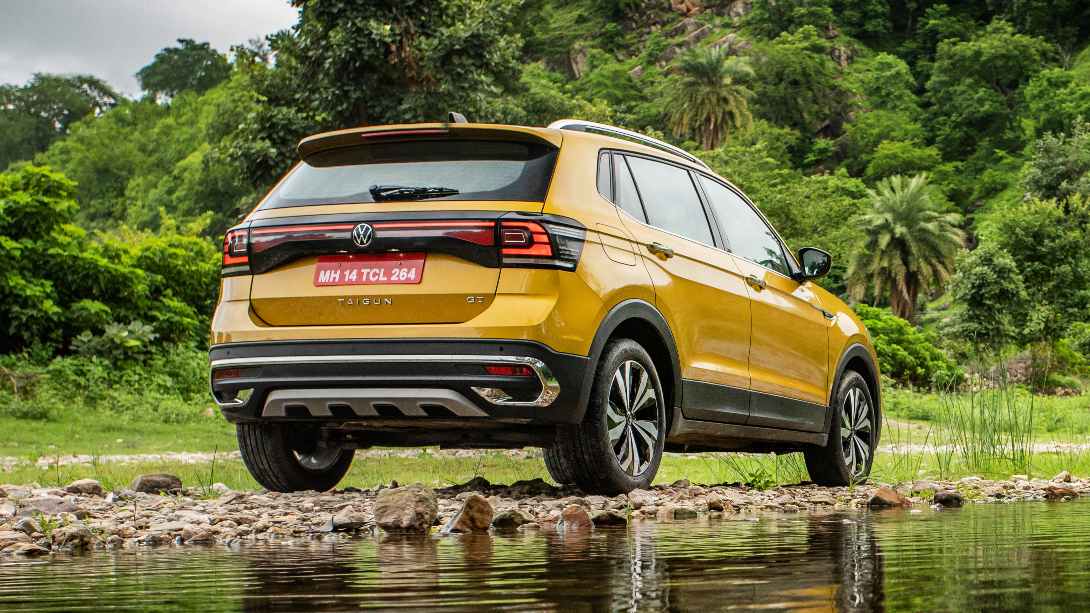
Expect Volkswagen Taigun prices to be in the Rs 10.50-17.60 lakh range (ex-showroom). Image: Volkswagen
Much will depend on the pricing, and it is unlikely to be very different from that of the Kushaq, seeing that they’re mostly identical, and bada bhai is unlikely to let chhotey undercut them. So, one can expect the Volkswagen Taigun to be positioned in the same Rs 10.5 – 17.6 lakh price range (ex-showroom). For that money, you get a smallish, premium, fun-to-drive SUV that works just fine for four. Clearly, the formula works; Skoda has chalked up over 6,000 bookings for the Kushaq so far, despite the value proposition being mellow. We will know more in September, when the Taigun is launched.
In brief: I like the Taigun, and I’d be happy driving it every day, carting three friends around. Or in my case, a dog and several cats.
Volkswagen Taigun in numbers
Length: 4,221 mm
Width: 1,760 mm
Height: 1,612 mm
Wheelbase: 2,651 mm
Engines: 1.0-litre, 3-cylinder turbo-petrol / 1.5-litre, 4-cylinder turbo-petrol
Power: 115 hp / 150 hp
Torque: 178 Nm / 250 Nm
Transmissions: 6-speed manual and 6-speed auto / 6-speed manual and 7-speed DSG auto
Price: Rs 10.50-17.60 lakh (estimated, ex-showroom)


